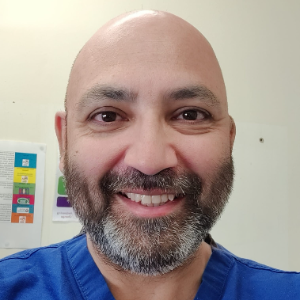Cartilage
Cartilage is a specialized connective tissue that provides structural support and flexibility to various parts of the body, such as the joints, nose, and ears. It has unique biomechanical properties that allow it to withstand mechanical forces and maintain its shape. Here are some key biomechanical properties of cartilage. It lacks blood vessels, nerves, and lymphatics, relying on diffusion for nutrient supply. There are three main types of cartilage: hyaline cartilage, found in joints and the respiratory system; elastic cartilage, present in the ear and epiglottis; and fibrocartilage, forming intervertebral discs and certain joint structures. Cartilage serves several crucial functions, including cushioning joints, supporting the respiratory airways, and contributing to skeletal development. However, due to its avascular nature, cartilage has limited regenerative capacity, making injuries or damage challenging to repair. Common cartilage-related conditions include osteoarthritis, where the cartilage in joints undergoes degeneration, and injuries that may require surgical interventions like arthroscopy or, in severe cases, joint replacement. Understanding the structure and function of cartilage is essential in orthopaedics and rheumatology, guiding the diagnosis and treatment of conditions affecting joints and other cartilage-rich areas in the body.

Stephen S Tower
University of Alaska Anchorage, United States
Marcos Brioschi
American Academy of Thermology, United States
Wagih El Masri
Keele University, United Kingdom
Arif Akkok
Lake Erie College of Osteopathic Medicine, United States
Akash Ganguly
Warrington and Halton Hospitals NHS FT, United Kingdom
Sajid Ali
The Dudley Group NHS Foundation Trust, United Kingdom




Title : The UK profemur recall and implant cobaltism
Stephen S Tower, University of Alaska Anchorage, United States
Title : The tomographic phenotype and the genotype of wormain bones
Ali Al Kaissi, National Ilizarov Medical Research Center for Traumatology and Orthopaedics, Russian Federation
Title : New treatment of muscle contracture and joint contracture through muscle regeneration with mitochondrial dynamics
Ki Ji Lee, Busan Medical University, Korea, Republic of
Title : New treatment of sarcopenia through muscle regeneration with mitochondrial dynamics
Ki Ji Lee, Busan Medical University, Korea, Republic of
Title : The prevalence and association of self-reported depression symptoms with musculoskeletal pain and quality of life among pregnant women
Youssef Masharawi, Tel Aviv University, Israel
Title : Bipolar hemiarthroplasty under local anesthesia (2%)
Ketan Karabhai Parmar, Aayush Multispecialty Hospital, India